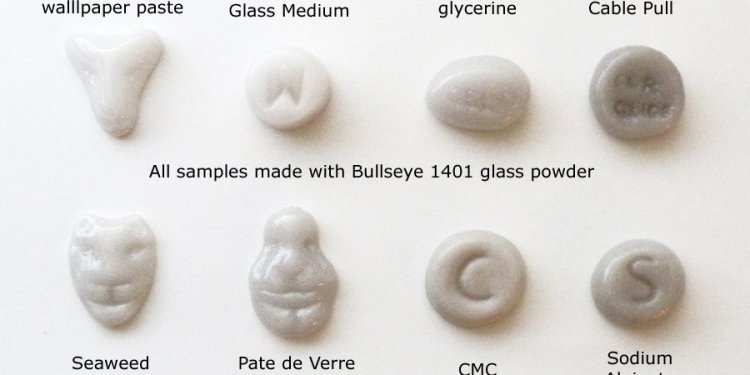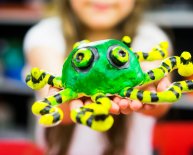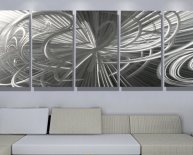
Easy clay Sculpture
Q: Is pottery clay any good for sculpture?
A: There are various products that are called clay of one sort or another. The most basic is water-based or potter's clay. This is what has been used for millennia for making ceramic objects, and it has been the primary material in which sculptors have traditionally worked out their ideas. It is formed by the natural decomposition of rock into microscopic flat plates, which trap water between them, causing its characteristic "plasticity". It is often deposited by rivers in deep layers, from which it is extracted for use. Some clay is ready to use as dug, that found in other locations may need refining or mixing with other components to be useful.
If you find some clay; try this test: roll it between your hands to form a cylinder approximately half an inch in diameter and four inches long. Bend this double. If the clay cracks, it is either too dry or it lacks
sufficient plasticity to be used as-is. If it bends smoothly, and doesn't seem to contain rocks or sand, then it might work for making sculpture without further refinement. Clay can also , of course, be purchased from a ceramic supply outlet. Find a local one, as shipping costs are expensive for bulk materials like this. In general, clay used for sculpting has ground-up fired clay, called "grog" added to it for stiffness and heat-shock resistance. While this makes the clay grainier, it also is easier to sculpt and fire.
Potter's clay has various advantages and disadvantages for sculpture. It is relatively inexpensive, or free if you find a place to dig it up. It can be easily sculpted with a minimum of tools, and can be smoothed with water, and cleaning it off one's hands and equipment is easy. Scraps and any unfired pieces can be reclaimed by soaking them in a bucket of water until they soften, breaking up lumps with ones fingers until a more or less even consistency is attained. The resulting glop is then placed on a thick
plaster slab, which sucks out the water until the clay can be kneaded or "wedged". When it is moist, it can be shaped with one's fingers or blunt modeling tools, it retains impressions well, and it releases well from plaster molds. Although clay is generally considered non-toxic, clay dust contains large amounts of free silica, which is very hazardous to inhale, causing a disease called "silicosis". It is essential to avoid breathing this as much as possible, and to keep the workspace clean, without accumulations of dry clay underfoot. Also, glaze ingredients can be even more highly toxic, containing minerals like barium, lead, ground glass, cobalt and even uranium. Wearing an approved respirator when dealing with dry ingredients is essential.
Clay is the most malleable of materials. It is easily shaped by hand, and much beautiful work has been done without using any tools at all, just fingers. Forms can be built up from coils or rolled-out slabs, or the potter's wheel can be used to quickly produce a hollow unit for subsequent assembly. A wide range of tools can be used to shape it as well, from wooden sticks or metal shapes to loop-ended tools, "ribs" (rigid or flexible flat shapes), and numerous other implements, such as are commonly found in kitchens. It is easy to make ones own tools for impressing or modeling clay as well. Plaster is particularly suited for pressing into clay, since its absorbancy prevents it from sticking, but once-fired clay itself can also be used this way. If a smooth surface is desired, natural sponges are used damp, which easily round over slight convexities.
As it dries to the "leather-hard" stage, clay can be carved cleanly with knives and other sharp tools, and can be burnished until shiny with a rock or a metal tool. When it is thoroughly dry, it can be "fired" in a "kiln", which is an oven capable of temperatures from 1000 to 2000 degrees Fahrenheit. At the lower end of this temperature range, the "chemical water" is driven off, and the piece is called "bisque". At this point it is still porous, but will not dissolve if placed in water. At the higher end of the range, the piece will "vitrify", becoming denser and less porous. This point is different with earthenware and stoneware clays. Earthenware clays should be bisque-fired at a lower temperature than stoneware, and should never be taken to stoneware temperatures, as they will liquify. While stoneware is more durable, some sculptors like the wider range of colors available in the earthenware range, and the utility bills are lower as well.
Some sculptors use clay as a permanent medium, firing their work in a kiln. Others use it as an intermediary step, making a clay model from which a mold is taken. The mold can be used to make sculpture in plaster, concrete, bronze, or other materials. For this application a clay has been developed

















